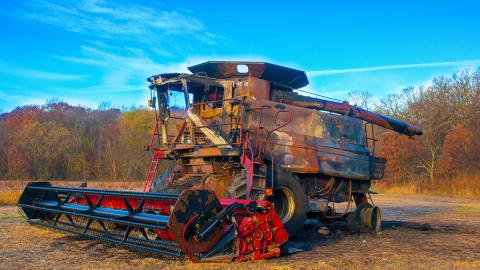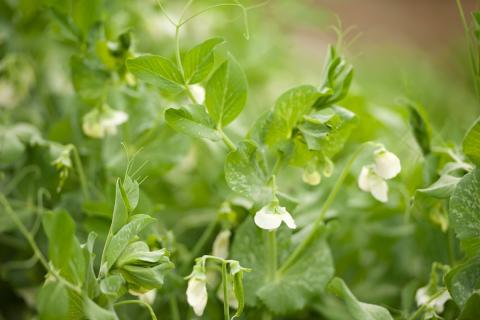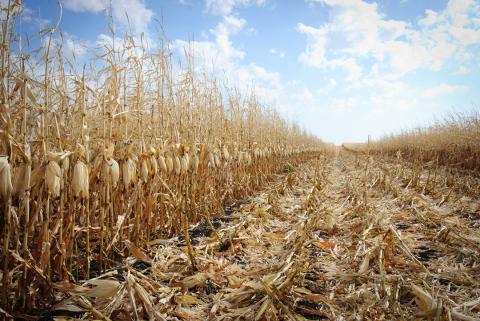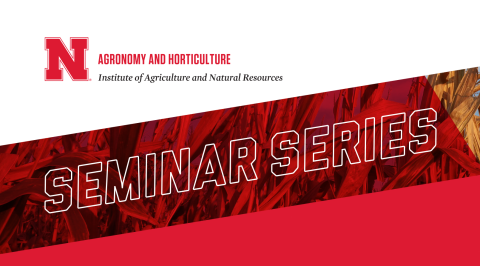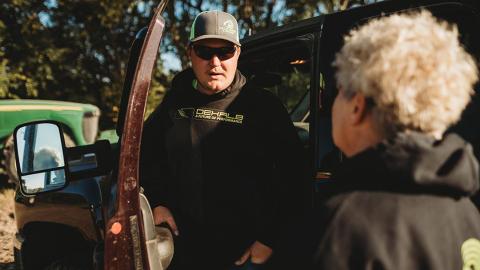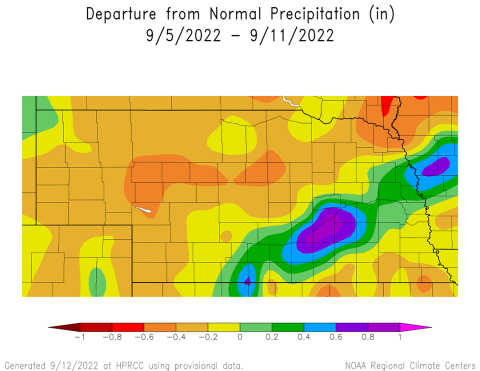Preventing and Responding to Combine Fires
September 29, 2023
As crop residue starts the majority of combine fires, it's vital to clean equipment every day after harvesting, allow it to cool off before storing inside a machine shed, and avoid harvesting when conditions are at peak fire risk.
Nebraska Crop Production Report for Sept. 1
September 15, 2022
Nebraska's crop production forecast as of Sept. 1 reflected a downward trend for corn, soybean, sorghum, sugarbeets and dry edible peas, with the most substantial losses in peas — down 38% from 2021.
Crop Progress: Harvest Gets Underway for Corn, Sorghum, Dry Beans
September 15, 2022
Though the beginning of harvest for corn and sorghum is pacing on average, delays continue in dry edible bean production, which is currently 22% behind harvest in 2021.
Nebraska Producers Invited to Attend Agronomy and Horticulture's Fall Seminar Series
September 15, 2022
UNL experts and industry professionals will discuss research and approaches for a broad variety of ag industry topics.
Get Perspective Before Big Decisions
September 15, 2022
Extension Educator Allan Vyhnalek reviews key elements for business conversations between landlords and tenants that will lead to more positive outcomes.
Weekly Agricultural Weather Update — Sept. 13, 2022
September 15, 2022
Precipitation is forecast to move across Nebraska Sept. 21-24, with another chance of lighter rainfall Sept. 25-28 for the eastern half of the state. Temperatures are expected to cool slightly into the 70s and 80s beginning Sept. 21.
Nebraska has Second-driest August, Third-driest Summer on Record
September 15, 2022
Nebraska experienced the second-driest August on record (0.94 inches), just two years after the driest August on record in 2020 and a mere three years since the wettest on record (5.14 inches in 2019).
2022 Corn Yield Forecasts: End-of-season Forecasts Suggest Below-average Yields for the Region
September 15, 2022
The final corn yield forecast for the season suggests below-average yields in rainfed corn in Nebraska. For many irrigated sites across the state, yield is anticipated to be slightly closer to average.
